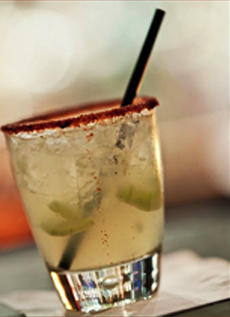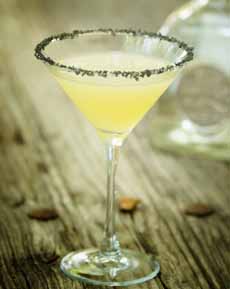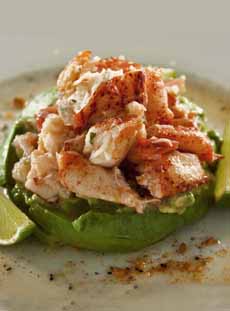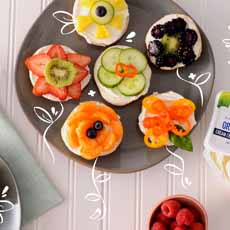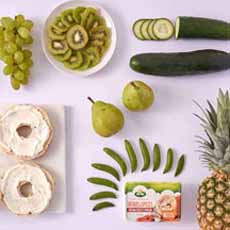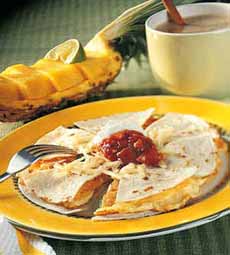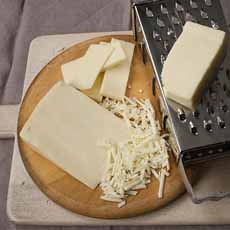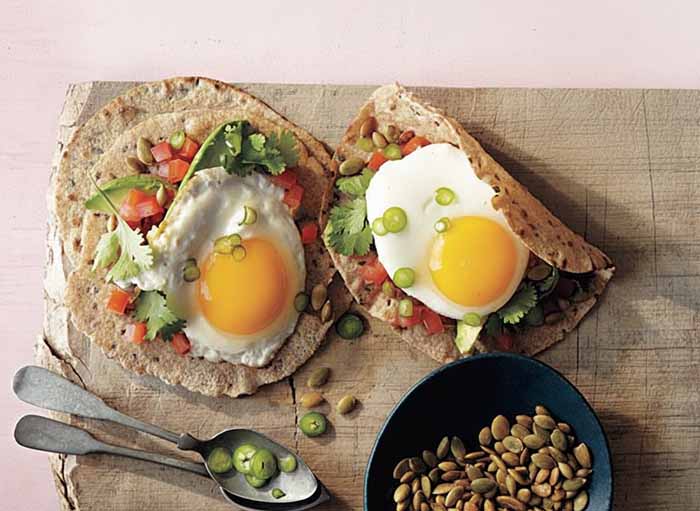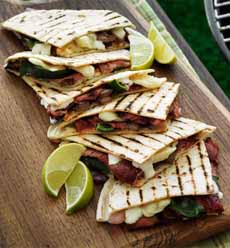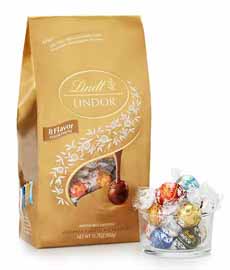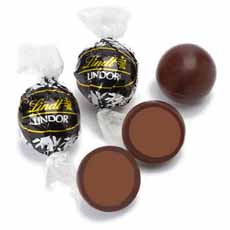
[1] The original truffles (photo © Roz Marina | 123rf).

[2] The selection at Pierre Hermé, a top Paris destination.
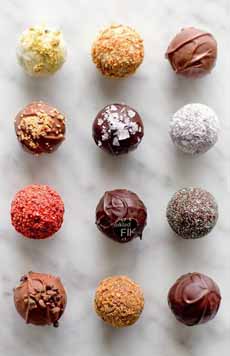
[3] Contemporary flavors of ganache enrobed in chocolate (photo © Good Eggs).

[4] Royce Chocolate, a commercial producer in Japan, prefers rectangle truffles (they’re easier to make and pack).

[5] The Périgord black truffle, more than $1,000 per pound, inspired the naming of chocolate truffles (photo © D’Artagnan).
|
|
May 2nd is National Truffle Day. Truffles: so delicious, somewhat confusing.
The word truffle has several meanings in the world of confection. Like the word praline, you have to clarify what is being discussed.
That’s because, in different regions, words mean different things; and American English incorporates used by immigrants from the world over.
Even in northern Europe, one person’s truffle is another’s praline (which, in turn, has nothing to do with brown sugar-pecan pralines of the American South).
We’re not going near the truffle fungus, for which the chocolate was named. But if you want to take a tour, here’s an extensive article on the world’s costliest vegetable.
Truffles are members of the Tuberaceae family of fungi, like their cousins, the mushrooms (truffles are not mushrooms, but a different genus—Tuber for truffles, Agaricus for mushrooms).
Truffles, the tubers, inspired truffles, the chocolates.
You can skip to “what is and what isn’t a truffle,” below. But first:
THE HISTORY OF CHOCOLATE TRUFFLES
Truffles are balls of ganache; so first, someone had to invent ganache (gah-NOSH).
According to legend, this happened in the kitchen of French culinary giant Auguste Escoffier, during the 1920s.
One day, as his stagiaire (apprentice) attempted to make pastry cream, he accidentally poured hot cream into a bowl of chocolate chunks rather than the bowl of sugared egg for which it was destined. He yelled “Ganache!” at the boy—the French word for idiot.
As the chocolate and cream mixture hardened, Escoffier found that he could work the chocolate paste with his hands to form a bumpy, lopsided ball. He must have had a sense of humor, since he called the creamy paste ganache.
After rolling the new creation in cocoa powder (to contain the creamy ganache—although in doing so, one ended up with cocoa powder fingers instead of ganache fingers), he was struck by their resemblance to the luxurious truffles from the French Périgord region (photo #4). It tasted great.
As the concept developed, different truffle textures and flavors were created by variously rolling balls of ganache in white confectioner»s sugar or finely chopped nuts. The ganache was flavored with Champagne, Cognac, raspberry and other liqueurs. For starters.
In the classic repertoire, any other type of bonbon, including chocolate-enrobed fruit cremes and other creme centers, whipped cream-filled chocolates, and any filled chocolate that isn’t filled with ganache—is not a truffle. However…
Today, the term truffle is often used in America to describe any filled chocolate, and it becomes very confusing. If you see a box labeled “chocolate truffles,” are you going to get round balls of ganache or ganache-filled chocolates? Or are you going to get a box of assorted cremes and other mixed chocolates?
As Forrest Gump observed, you never know what you’re going to get. There is no standard of identity to stop any confectioner from selling whatever he or she wants as “truffles.”
Not to mention, these days people tend to bestow names without knowing (or caring) about history and accuracy. Is this a serious problem?
No, but it does a disservice to whomever sees different terms and tries to figure them out. We’re one country, we should have one standard. E trufflis unum.
SO WHAT IS A CHOCOLATE TRUFFLE?
What Is A Truffle
Balls of ganache, coated classic-style, or enrobed in chocolate.
Ganache in other shapes (rectangles, squares—see photo #3), with a powdered or hard chocolate coating.
Modern truffles can be coated in the classic powders (cocoa, nuts, sugar) or modern spice trends (curry, peppercorns, sea salt, paprika etc.)
They can be enrobed in hard chocolate, known as couverture chocolate; or used to fill chocolate shells (see MODERN TRUFFLES), below.
The commonality, regardless of shapes, flavor or coating, is ganache.
What Is Not A Truffle
Anything else, including fruit cremes and other creme centers, whipped cream-filled chocolates, and any filled chocolate that isn’t filled with ganache.
Now, this pronouncement here doesn’t stop any confectioner from selling whatever he or she wants to call “truffles.”
MODERN TRUFFLES
In 1912, the Belgian chocolatier Jean Neuhaus invented the first hard chocolate shell, enabling the production of hard chocolates with soft centers.
While he called them pralines (see the discussion of this term), and it became the term used in Belgium, French and other chocolatiers referred to them as truffles because the early chocolate shells were filled with ganache.
|
As words evolve, the term truffle is often used in America to describe any filled chocolate, and it becomes very confusing: chocolate cremes or assorted chocolates, e.g., would be more accurate. If the term is applied to a filled, hard-shell chocolate, the use should be limited to round shells filled with ganache.
But the good news in truffledom is the explosion of flavors, based on America’s greater foray into international cuisines.
Over the last few decades, the classic European flavors paired with chocolate—berry, citrus, coconut, coffee, nut—has been augmented with trending flavors such as pumpkin and salted caramel.
White chocolate ganache was created for variety, and as a carrier for flavors that didn’t mix as well with milk and dark chocolate ganache.
Then, there are the global flavors that may sound unusual but are actually delicious fusion with chocolate.
Today’s chocolatiers can roll their balls of ganache—or infuse the ganache itself—with spices such as curry, flavored salts, paprika peppercorns…or teas such as Earl Grey, jasmine and matcha…or anything they like. The Smokey Blue Cheese Truffles from Lille Belle are outstanding!
|
